. But there are times when our gaze is averted, and this time it’s been caught by the Leica ZM 11 watch.
While Leica is best known for its high-end cameras, its founder Ernst Leitz trained as a watchmaker before he moved to photographic gear, and there’s a throughline of the precise engineering and mechanics needed for watchmaking into camera manufacture. So, Leica popping up and making what’s now its second watch isn’t a huge surprise.
Of course, the idea of a mechanical watch in 2024, when smartphones can tell more accurate time, can be a hard square to circle. But as I’m a newly minted watch nerd, Lecia’s watch was a hard one to resist when it landed on my desk.
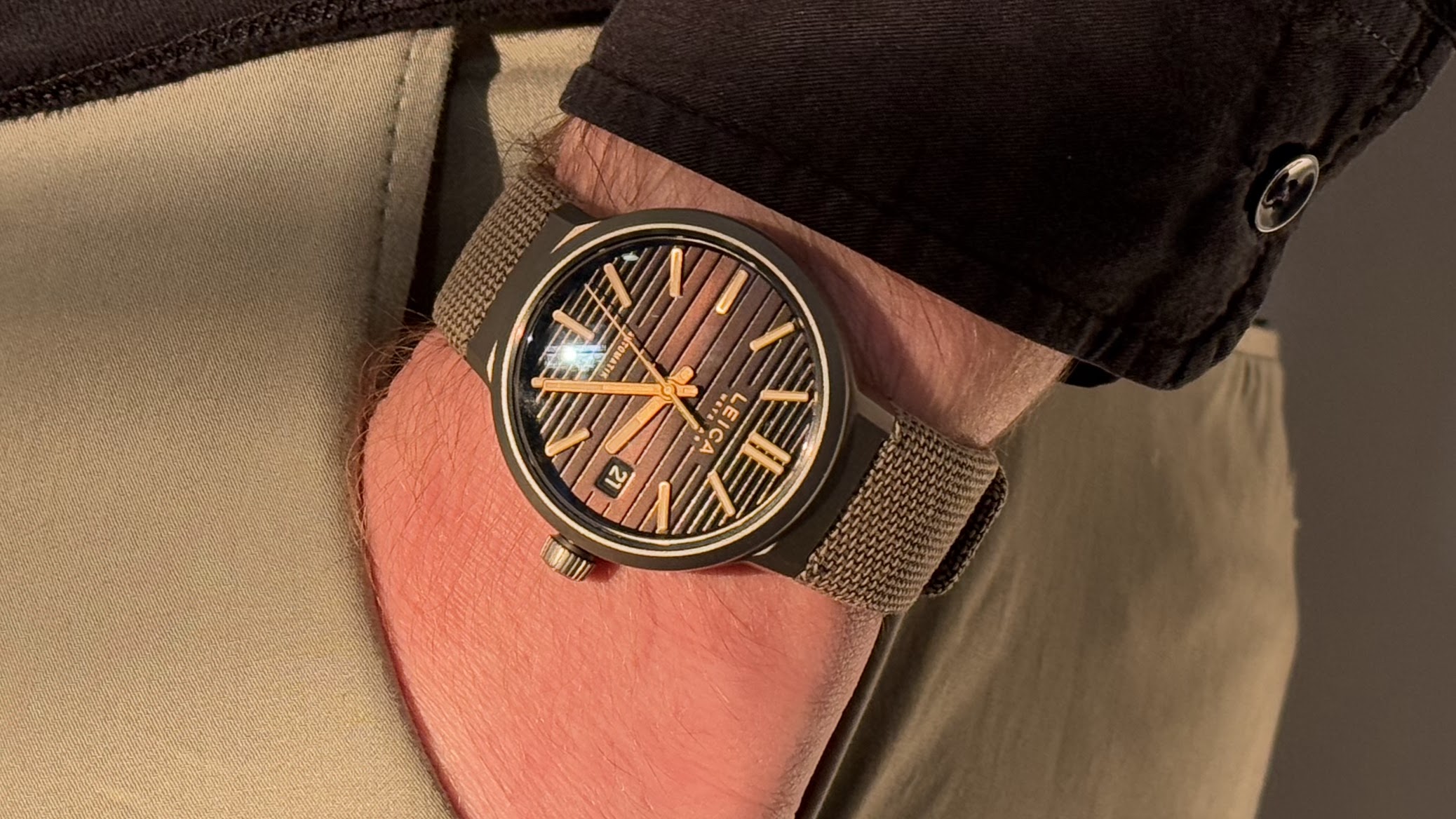
However, at $7,325 / $6,125 (around AU$11,700), this is very much a luxury watch up there with the likes of Rolex and Omega; you'll need deep pockets in order to buy it on a whim. That said, after wearing it for a bit, I really didn’t want to part with it.
Leica ZM 11: what is it?
In short, the Leica ZM 11 is a three-hand watch with a date complication, all powered by an automatic mechanical movement, meaning it winds with the wearer’s movement, rather than relying on manual winding or a battery.
It's available in three different models: the Launch Edition, with a titanium case and black-to-red dial; the Midnight Blue, with a blue-to-black-dial and a steel case; and the Coffee Black, with its titanium case and warm black dial – with the option of an integrated bracelet, rubber or fabric straps. I tried the Coffee Black model on a thick textile strap with a titanium buckle.
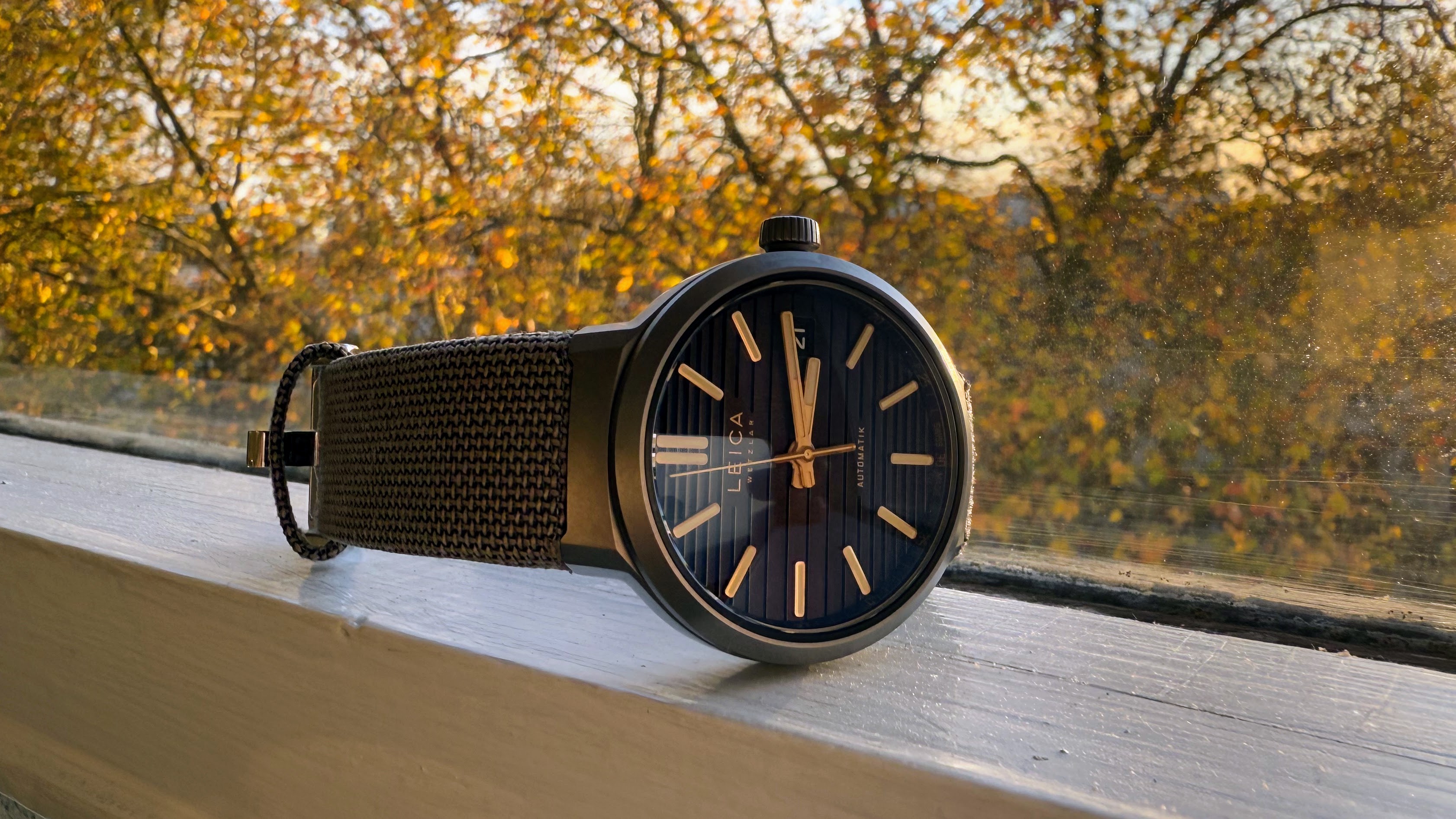
Sporting a rather simple rounded case and a prominent screw-down crown – which gives the watch a 10 atmospheres / 100 meters of water resistance, meaning you could swim with it – in the style of military-esque field watches, the ZM 11 isn’t hugely flashy until you look deeper into it.
The most-striking feature is the dual-layered 41mm dial that features horizontal slats etched into it; these echo the focus rings on Leica lenses, and when angled play with the light. On the Coffee Black mode they throw off a warm hue, while on the Launch Edition the slats hide red accents that hark to the iconic red of Leica's camera shutter buttons.
Then, hidden from direct view unless you have the eyes of an eagle, is a minute track encircling the edges of the dial and almost curling up the side of the watch, towards the domed sapphire crystal with its anti-reflective coating on both sides. It all looks rather neat, especially the diamond-cut hands and indices (there are no numerals on the dial beyond the date at the three o’clock position), which are pleasingly rounded and filled with luminous paint.
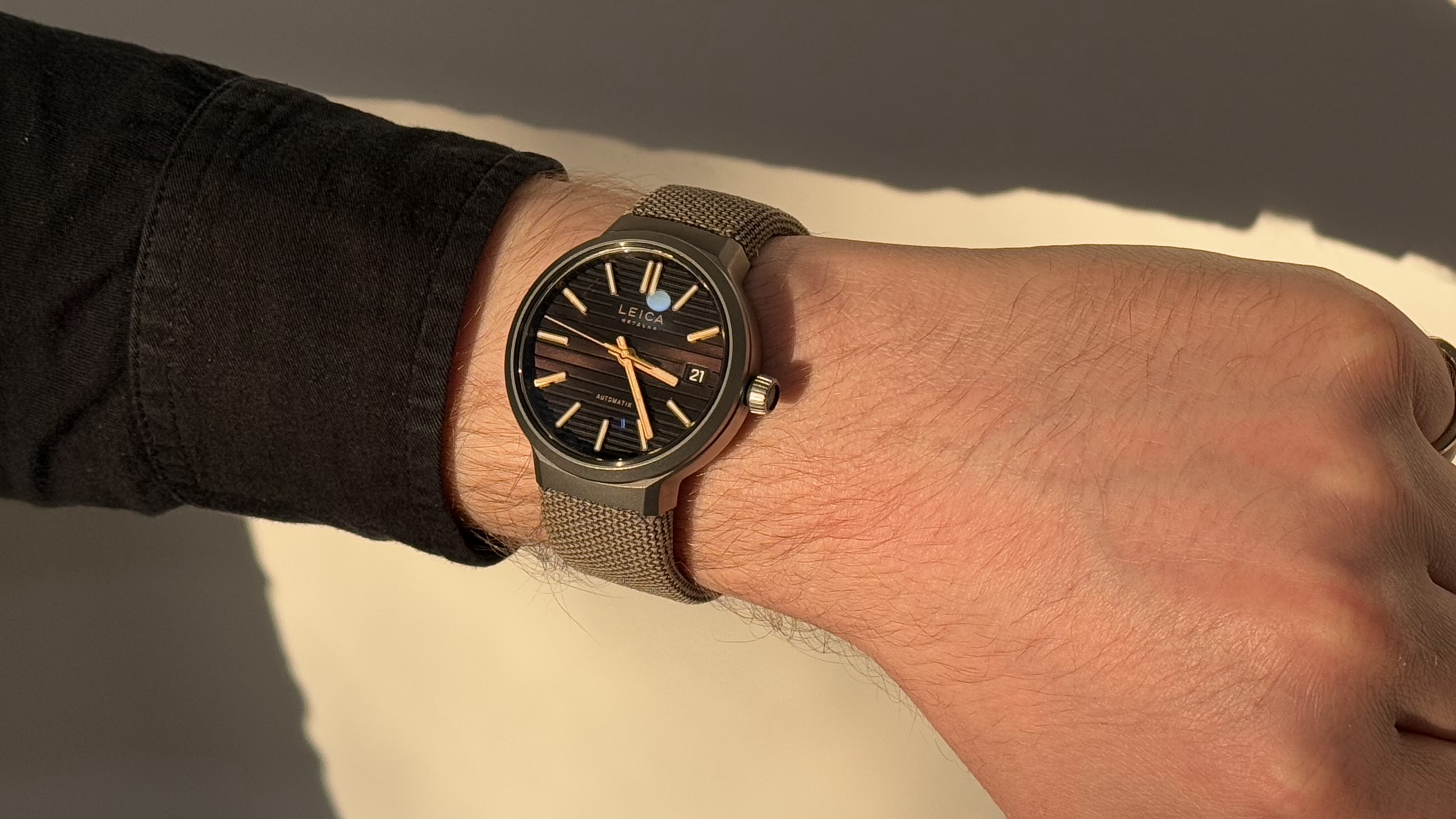
Flip the ZM 11 over and you’ll be greeted by a clear caseback where you can peer at the custom-made movement that powers the watch.
Created in partnership with Chronode, the calibre LA-3001 is accurate from minus 4 seconds to plus 6 seconds a day and has a power reserve of 60 hours when fully wound and away from one’s wrist.
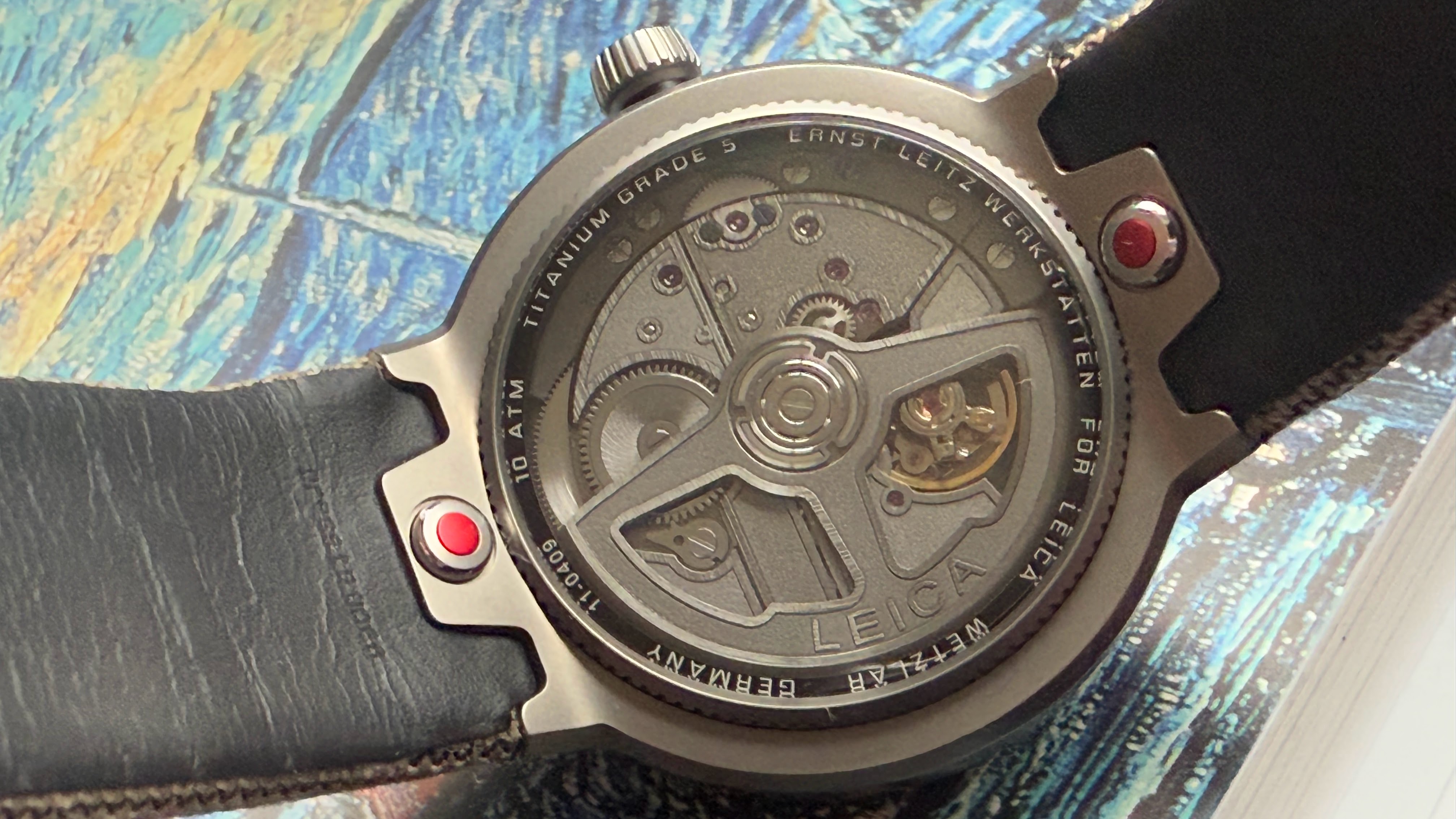
For the watch geeks, the movement sports 35 jewels and has a frequency of 4Hz, which means it has 28,800 beats per hour.
Beyond the moment, there’s an ‘Easy-change System’ which uses red-tipped buttons to quickly release the strap from the watch’s lugs in order for quick changes to a compatible bracket or another strap. Again, it’s a neat nod to the red of Leica’s branding and cameras.
Leica ZM 11: what makes it special?
At a quick glance, the Leica ZM 11 isn’t a particularly striking watch. It has a definite veneer of quality, but it doesn't scream luxury like some premium watches, say a Cartier Tank or Rolex Submariner. Yet, that’s a very good thing, as often less is more.
, that’s grade 2 titanium; the ZM 111 uses top-quality grade 5 titanium and so feels super light but also very robust.
It’s a watch I can easily wear both to the office and on a walk through the likes of Epping Forest as I hunt for interesting routes to explore and things to capture on camera, all without the fear of damaging the pricey timepiece.
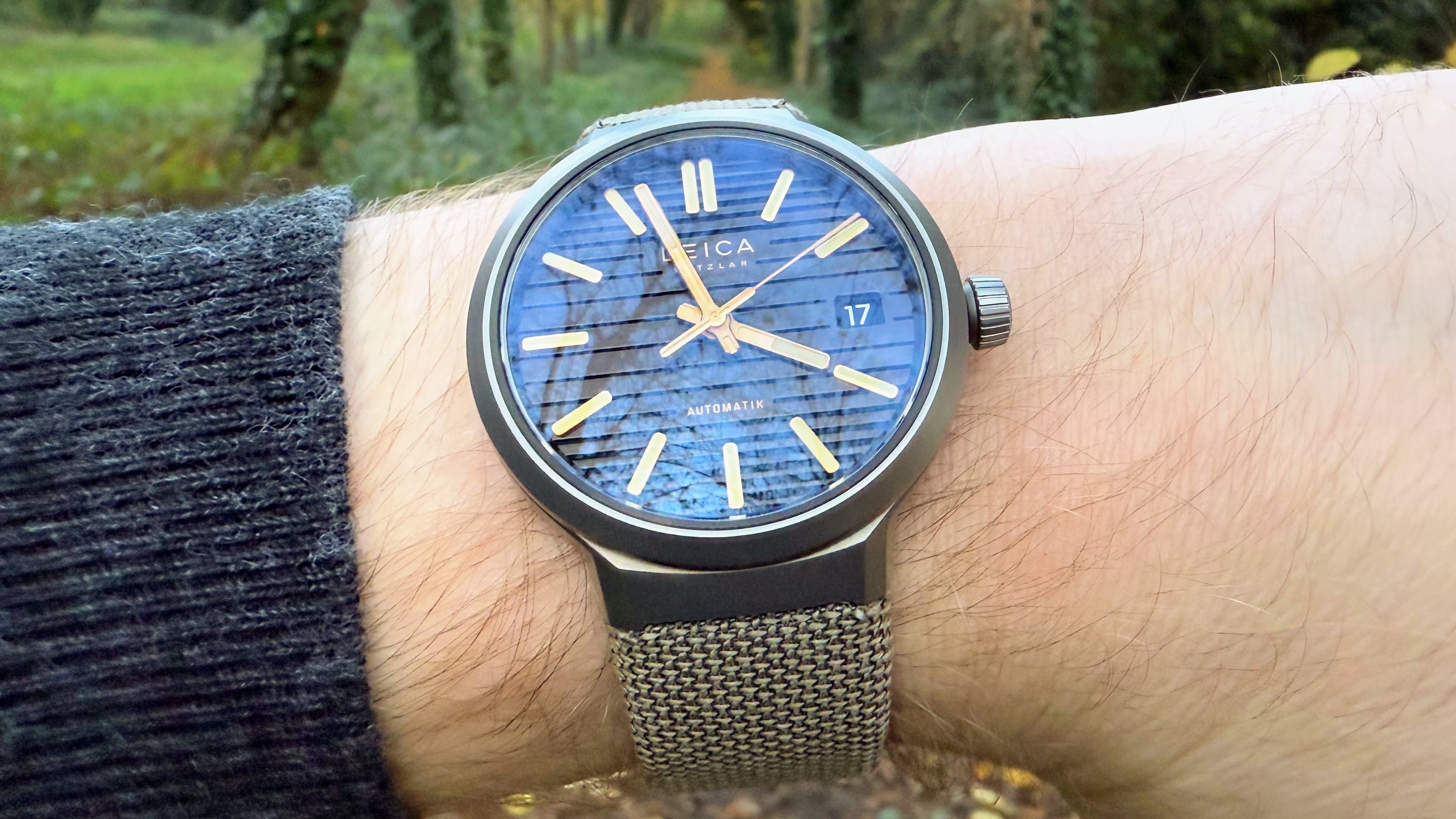
I love how well-engineered the watch feels too, from the tactile click of the buttons on the quick-release strap mechanism, to the crown that’s neither oversized nor hard to grasp when indulging in a bit of manual winding or time setting.
At first I thought the thick textile strap was a little odd, but it’s well-made and comfortable. Plus it looks like it would survive a minor apocalypse… or at least a tough week in the Scottish Highlands.
The ZM 11 is basically swaddled in the practical luxury that one associates with a Germanic brand like Leica, with a key example of that being found in its movement.
), there’s no fancy finishing or Geneva striping on the movement; instead, the matt and brushed surfaces of the ZM 11's movement communicate a practical ‘industrial luxe’ style that lets the engineering speak for itself.
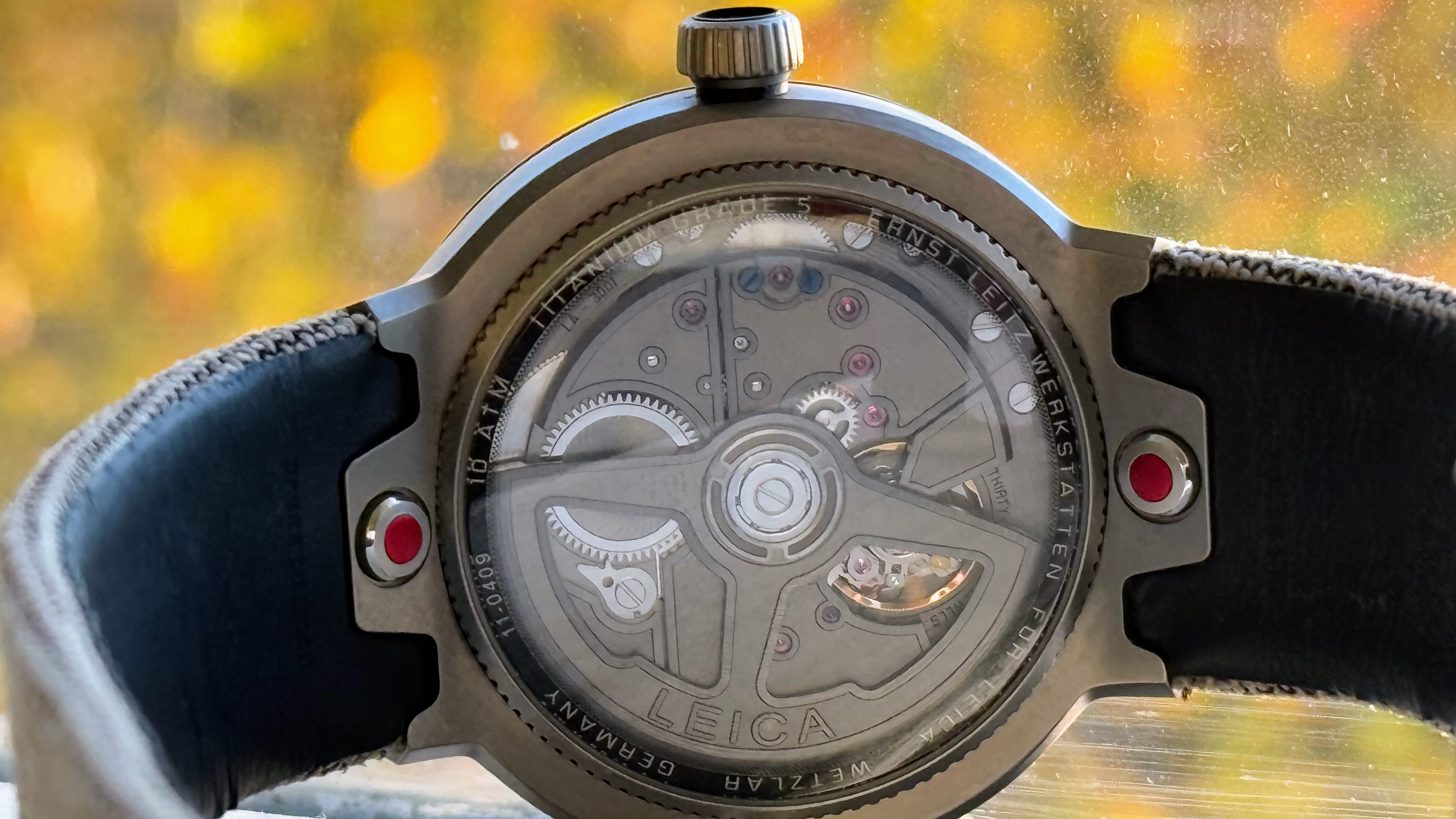
Given the size and semi-rugged design of the ZM 11, especially with its chunky fabric strap, I was a little stuck with how to define the watch. While it looks great with a smart-casual outfit, it doesn't have the finely tuned elegance of a dress watch. Nor does it quite feel like a luxury sports watch, given the arguably simple rounded case design.
. This is hard when you have a smartwatch constantly tracking you and poised to ping you with alerts.
In contrast, a mechanical watch that just tells the time and the date is an ideal accessory for a bout of photography that you can immerse yourself in without completely losing track of time. And I think that’s what really makes the ZM 11 special.
Lecia ZM 11: is it worth it?
Discussing the value of a watch worth thousands of pounds or dollars is a difficult prospect. A simple super-cheap Casio watch can tell time just as well as, if not better than, the ZM 11 and other much more expensive mechanical watches.
But then compared to similar watches at this price point, the ZM 11 offers an original movement, interesting design, superb quality and high-grade metal that established watchmakers would ask a lot more for.
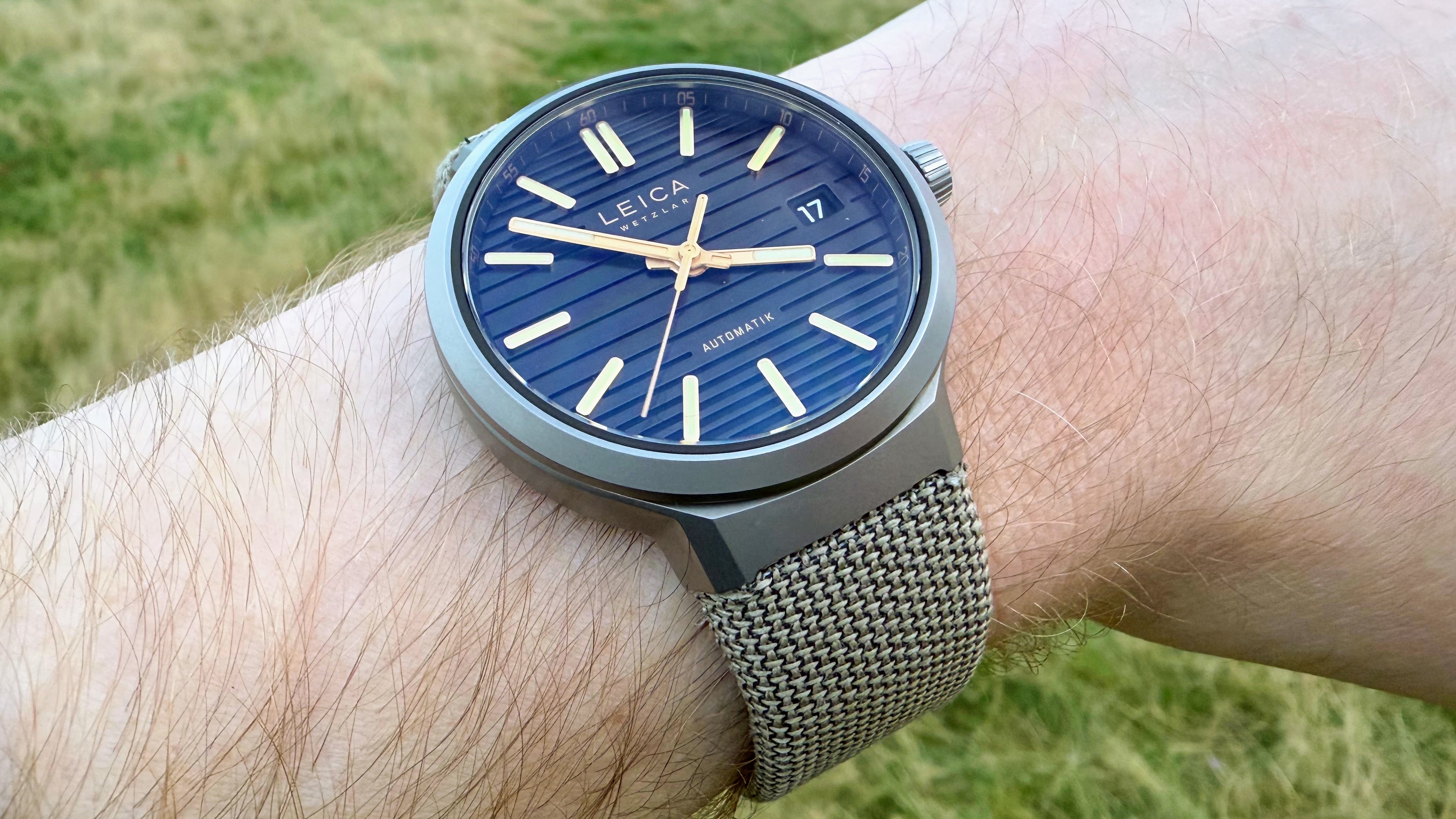
That being said, at this price you’d need to make a distinct choice to go for the ZM 11 over say an Omega Seamaster or Rolex Oyster Perpetual – two watch models from long-established Swiss watchmakers, and ones which have the scope to retain their value, especially the Rolex.
Then again, if you’re into watches the ZM 11 offers something a bit different to models from big Swiss watchmakers. And that uniqueness is a value in itself.
Equally, you don’t have to spend thousands for a good mechanical watch. For the past little while, I’ve been using the Christopher Ward C65 Dune (pictured below), a £1,000-ish field watch with some great finishing and details, plus a robust automatic movement from Swiss manufacturer Sellita, all encased in bronze that patinas nicely over time. It can't quite compete with the quality of the ZM 11, but it’s certainly not some six times less of a watch.
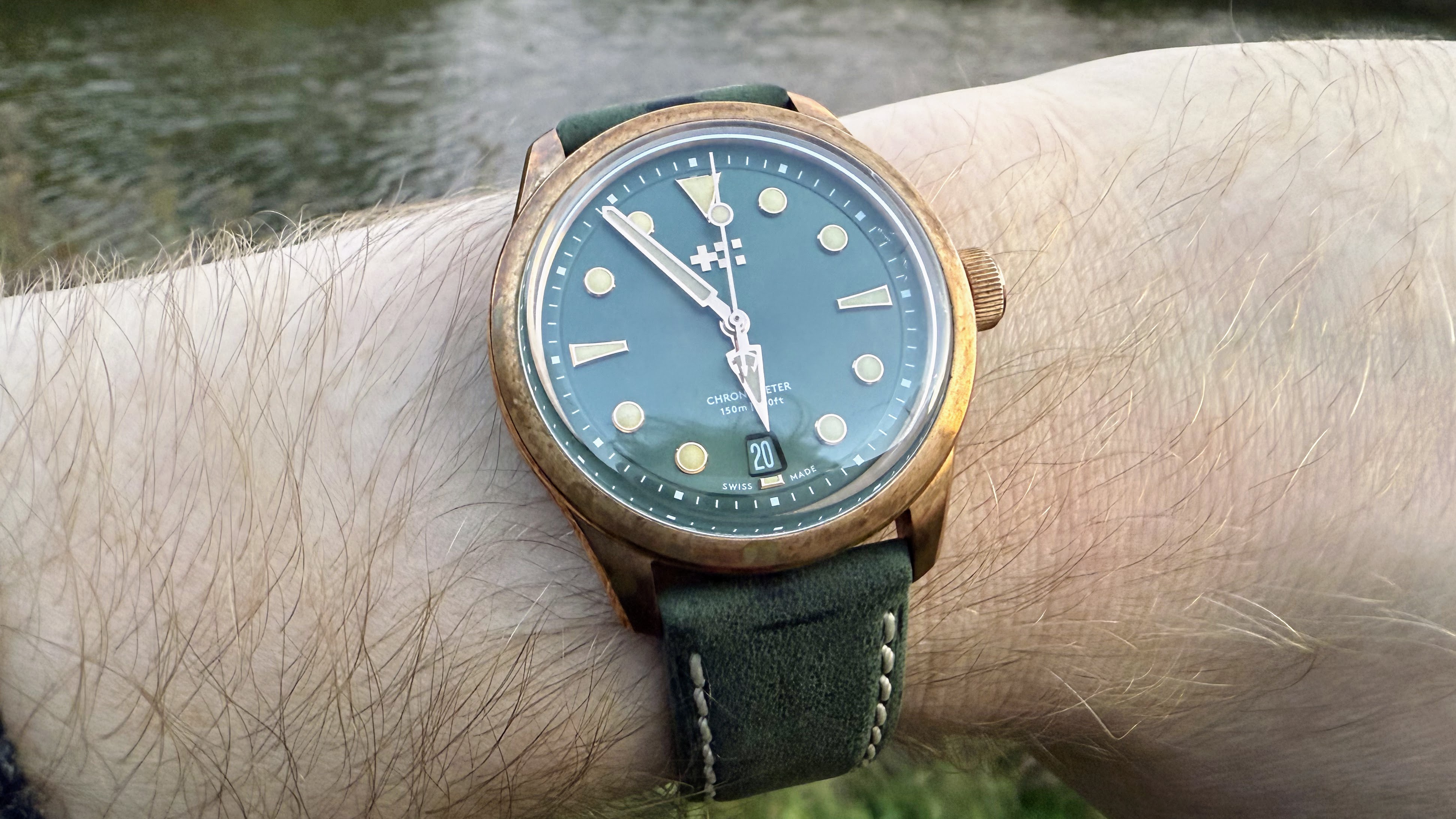
So if the C65 Dune is anything to go by, then I can thoroughly recommend Christopher Ward watches, of which there’s a sizable range.
I also recently went hands on with the new Glenbeg Blue (see below) from UK watchmaker Marloe, which sports a Swiss-made moment, sapphire crystal, and some rather neat design flairs delivered in partnership with whiskey maker Ardnamurchan Distillery.
If that watch is a mark of Marloe’s watch quality, then I can also recommend checking out the brand’s timepieces, as they come in at well under £1,000 and have designs that embrace being outdoors and on adventures.
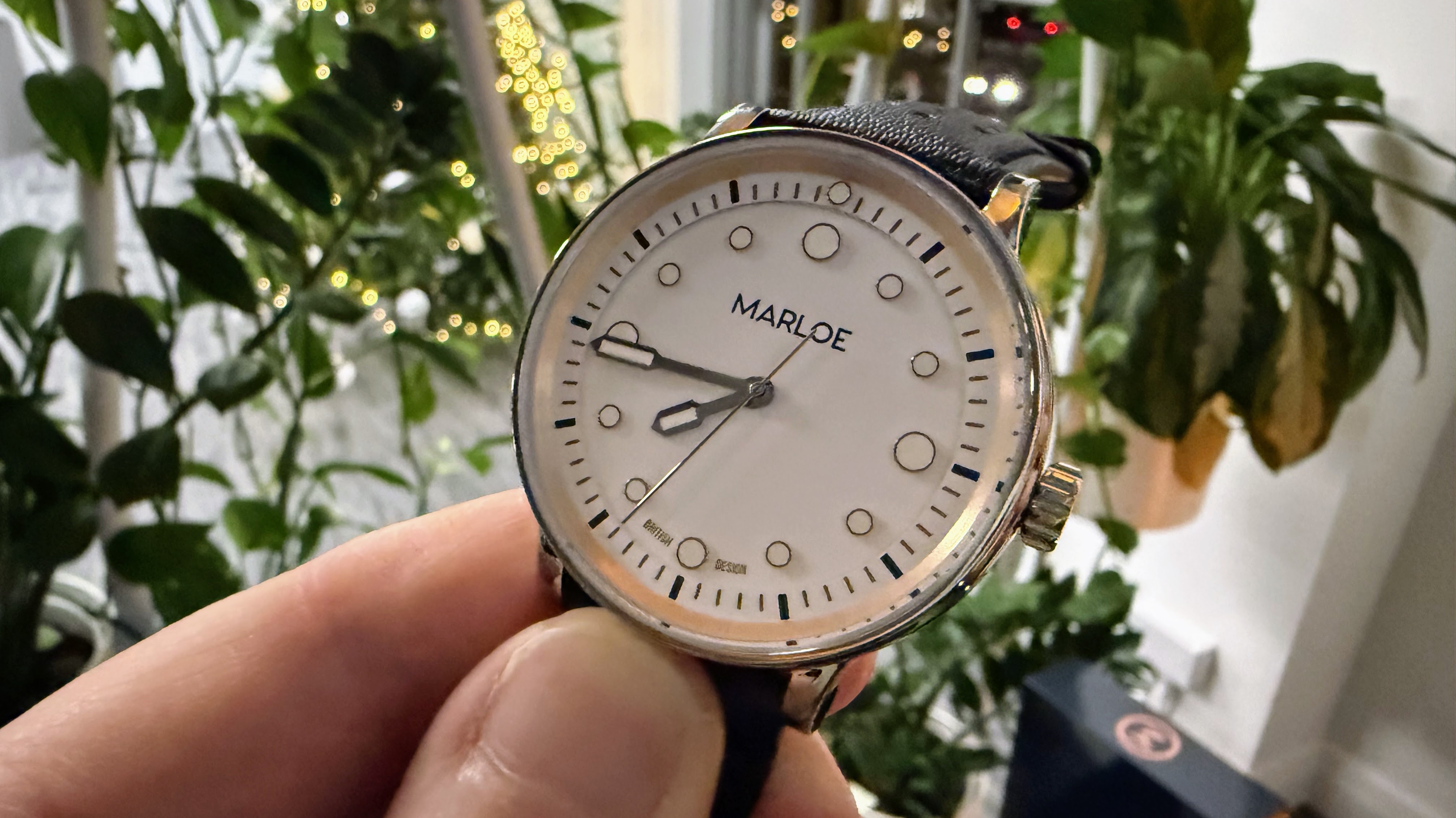
Ultimately, I think the Leica ZM 11 is worth it if you’re a keen photographer with an affinity for Leica’s cameras and want a luxury watch that's a bit different.
But if it’s a little too much for you, then don’t be put off, as there’s a whole range of more affordable mechanical watches that can have the history, heritage, engineering and design flairs that make an Apple Watch seem like a dull, soulless wrist-computer. Just be aware that once the watch bug gets you, it can be hard to shake it off.


Post a Comment
0Comments